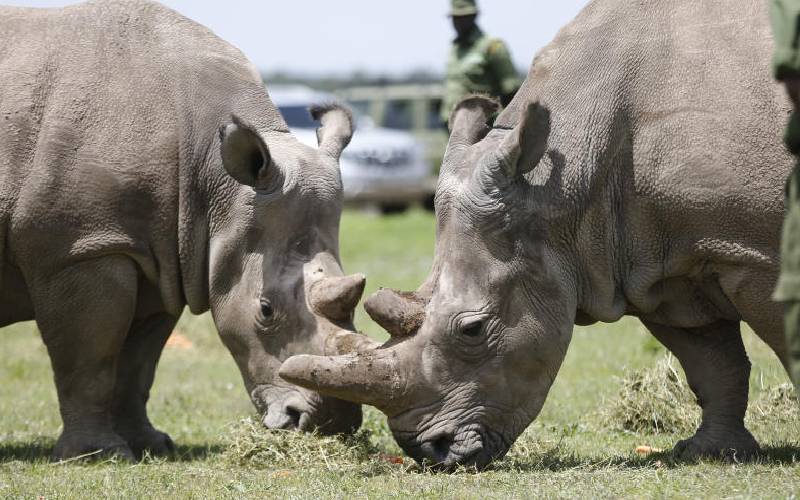×
The Standard e-Paper
Stay Informed, Even Offline

A historic step to save the northern white rhino was achieved yesterday when scientists announced that eggs from two surviving female rhinos had successfully been fertilised.
The Kenya Wildlife Service (KWS) said it is hoping that the resulting embryos will be brought back to Kenya to be implanted into southern white rhinos identified as surrogate mothers.